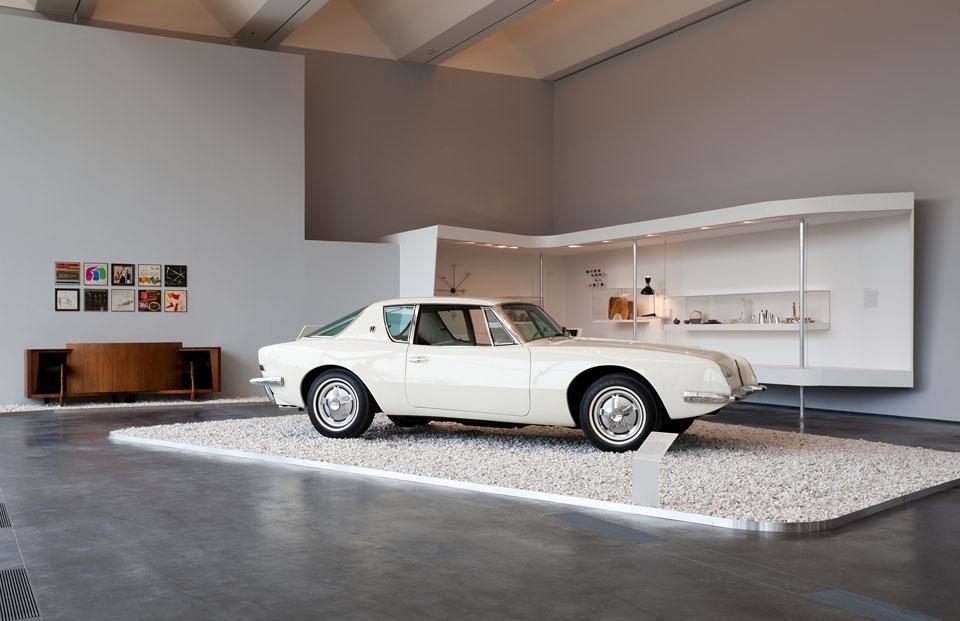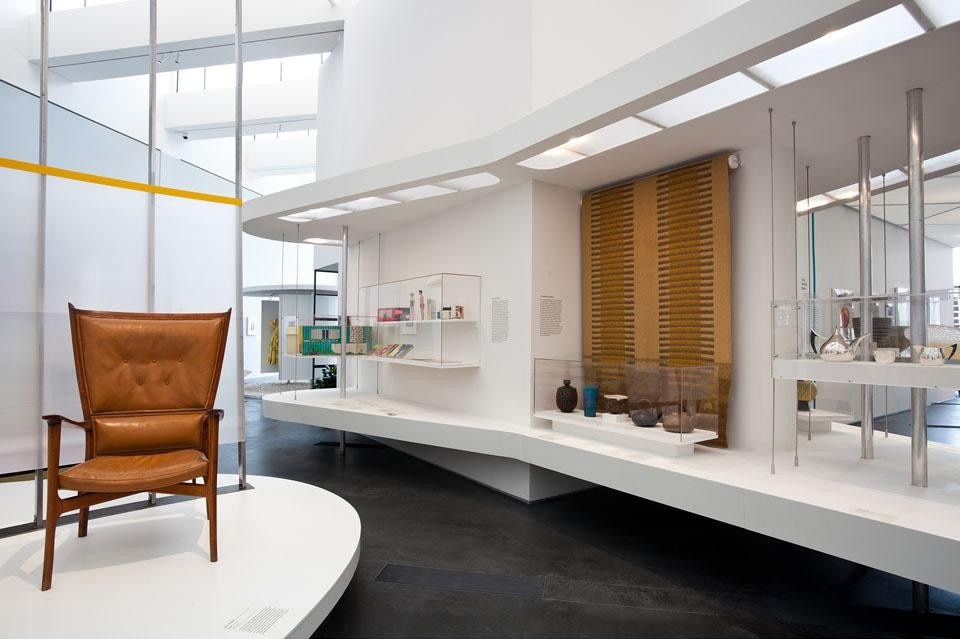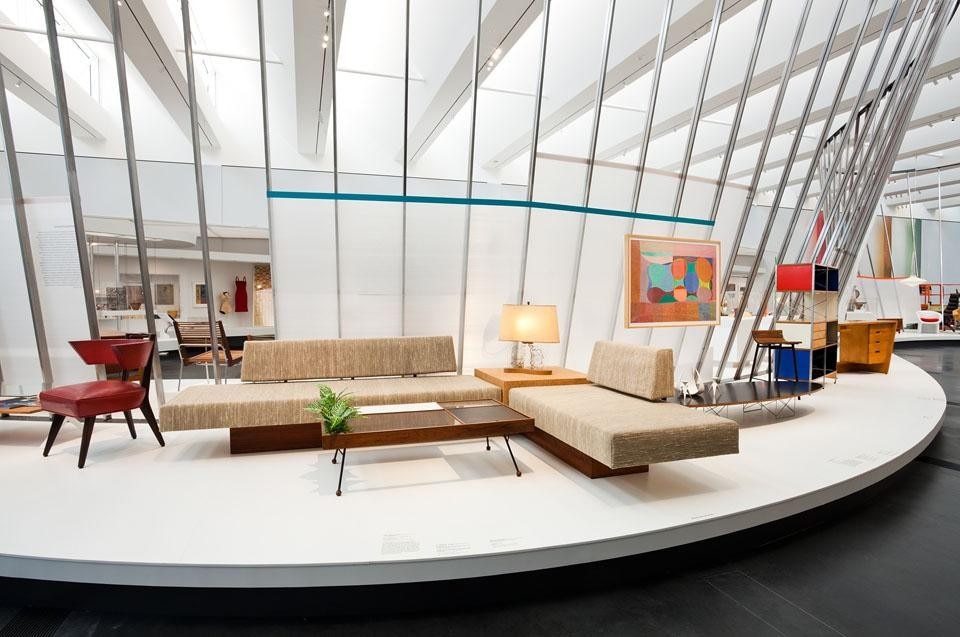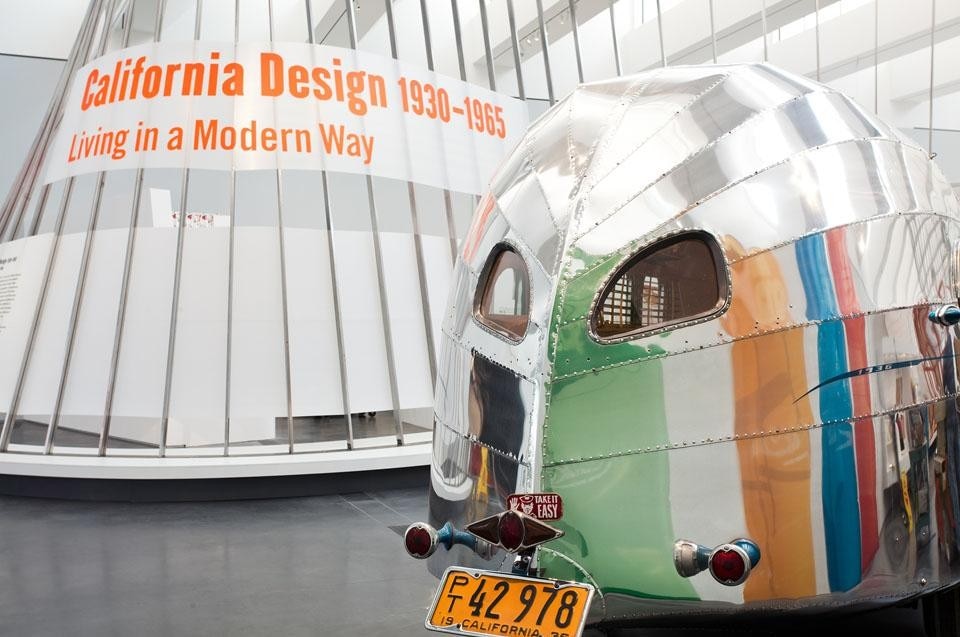California Design is part of Pacific Standard Time: Art in L.A. 1945–1980, a six-month initiative that brings together some 60 institutions across Southern California in a collaborative reassessment of nearly a half century of cultural production. The show is a broadminded survey of thirty-five years worth of design, covering fashion, textiles and ceramics as well as architecture, graphic and industrial design. LACMA curators Wendy Kaplan and Bobbye Tigerman filled the space with a broad range of some 350 objects, including a R.M Schindler dresser, a Julius Shulman print, a lobster-print bikini by Catalina Sportswear, Architectural Pottery's garden sculpture.
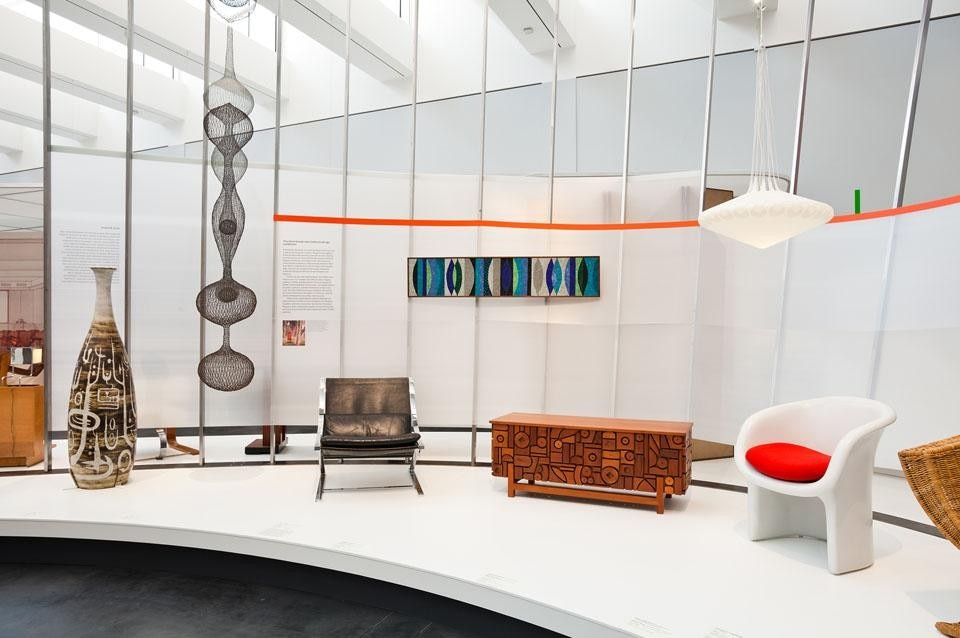
It's unfortunate that the LACMA curators dropped the last line of Magnusson Grossman's remarks on California design from the introductory wall text: "It expresses our habits and our tastes." Because the show is at it's best when it expresses these quirks: the kind of "Fruitbowl Moderism" critic Karrie Jacobs wrote about in the first issue of Dwell, way back in 2000, before it codified into a prescribed aesthetic on the Tumblr site Unhappy Hipsters. This legacy begins with John Entenza's Art and Architecture. Copies of the magazine pepper the show and a rouges' gallery—framed images of notable buildings by notable photographers—represents those characters that filled its pages: Shulman, Koenig, Eichler, Eckbo, Soriano.
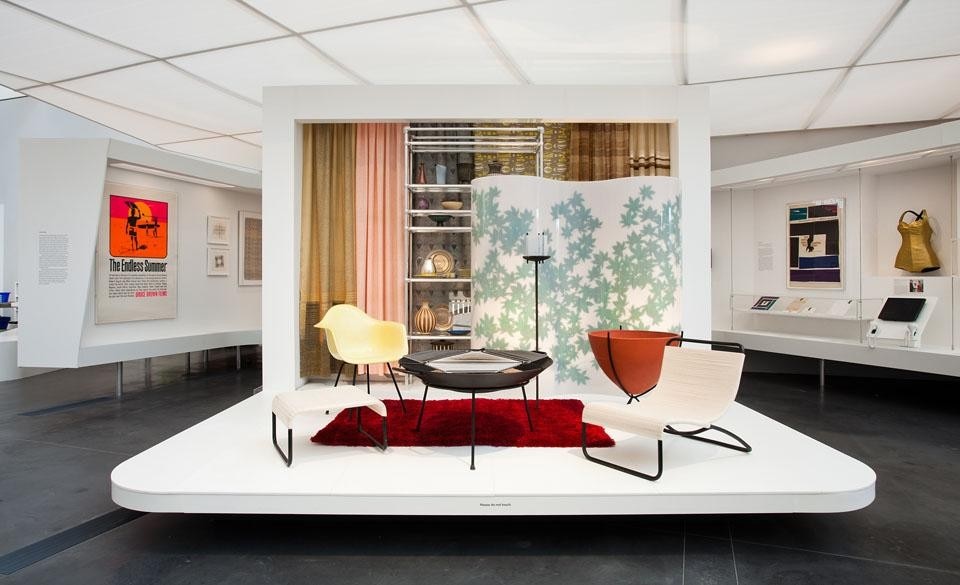
It's unfortunate that the LACMA curators dropped the last line of Magnusson Grossman's remarks on California design from the wall text: 'It expresses our habits and our tastes.'
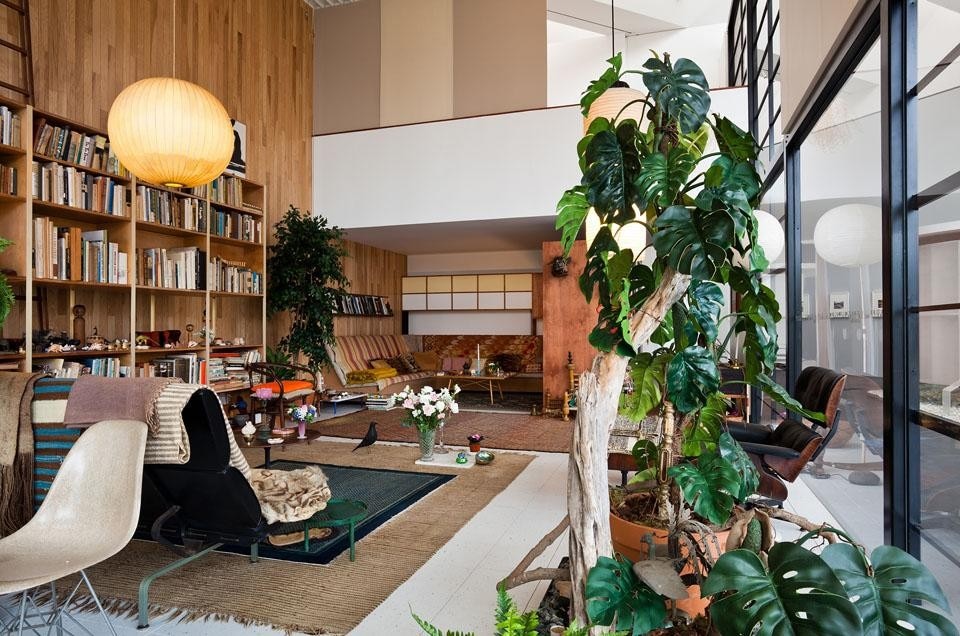
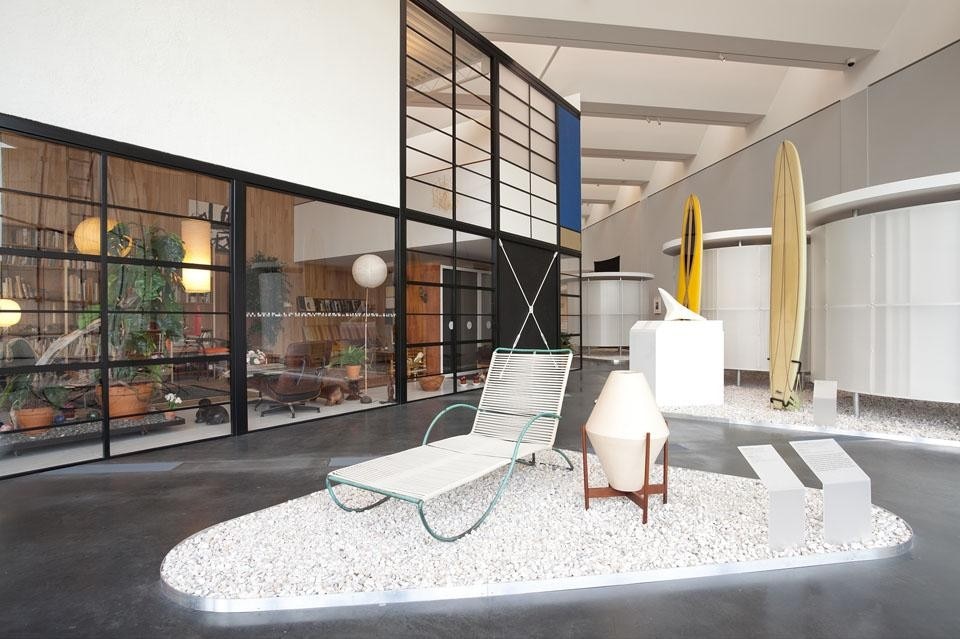
Mimi Zeiger
California Design, 1930–1965: "Living in a Modern Way"
On view until 03 June 2012
LACMA, Los Angeles County Museum of Art
